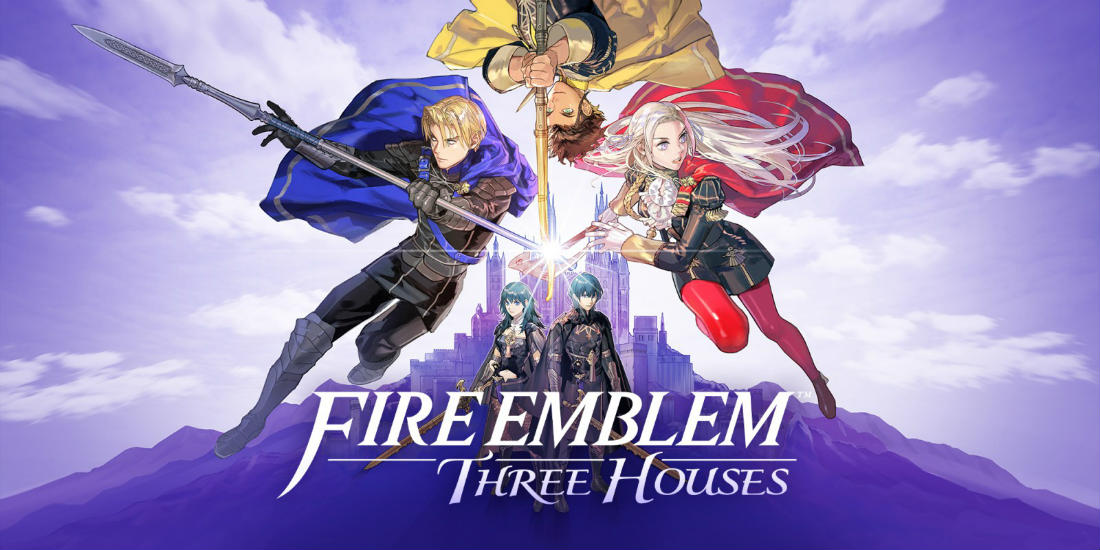
This past week, I was invited by Nintendo to a VIP preview experience of the newest addition to the Fire Emblem series—Fire Emblem: Three Houses. To be honest, I’m more of a casual fan of the series over the past few years. However, ever since we got our first glimpse and solid details on the latest entry into the series earlier this year, I’ve become quite interested.
The Fire Emblem games are known for their battles. Previously, games in the series were structured in that each chapter consisted of brief dialogue between characters, followed by turn based combat and then ended with a little bit more dialogue.
However, Fire Emblem: Three Houses is very different. Where as Fire Emblem Fates had one story with three different perspectives on it, Fire Emblem: Three Houses has three very different paths. The game is divided into two different parts, School Phase and War Phase.
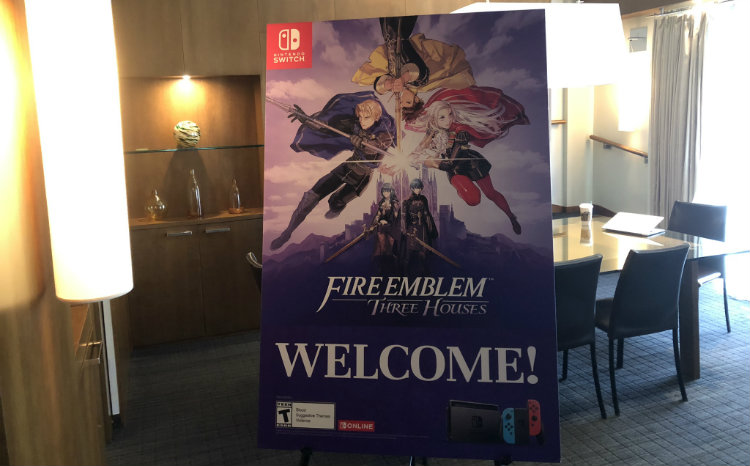
School Phase
You start the game out with School Phase as you are invited to become a professor at the Officer’s Academy. You must choose one of the three houses to become part of. Each of the three houses is represented by a different territory: the Adrestian Empire, the Holy Kingdom of Faerghus, and the Leicester Alliance. Each of the different houses has different characters, and depending upon which house you choose, you take sides with that particular region.
During the School Phase, everybody is in the same school and they are friends. They all go through the same school events. However, once the War Phase starts, everyone goes their separate ways and become enemies. And, depending on what house you choose at the beginning of the game, you’ll have a completely different experience between them all.
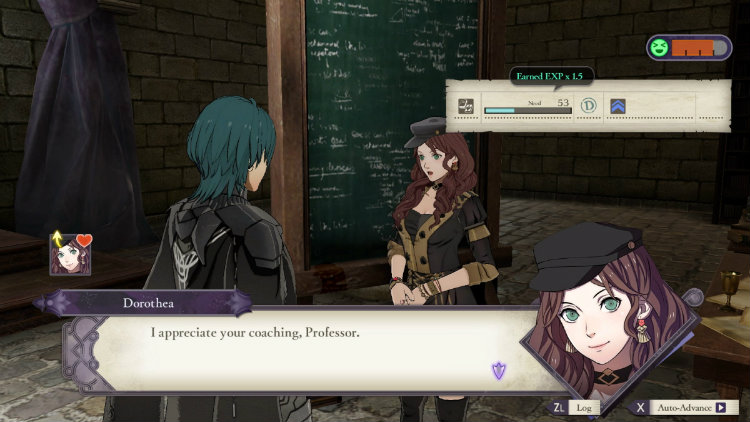
Pre-order Fire Emblem: Three Houses for Nintendo Switch
Changes in chapter structure
In the School Phase, instead of just having one battle per chapter, there are many different things you can do to level up your characters. Each chapter is a month, in game time. At the beginning of each month, you are briefed about the mission-based battle that takes place at the end of the month.
Teaching
As a professor, you teach your students Monday through Saturday. This is done by lecturing and tutoring your students, which strengthens each of your student’s abilities. Each student is unique and has particular interests that he or she can evolve into skills that become useful on the battlefield. And, at the end of each school week, students can take “certification” tests that will teach them new skills.
If you are not into managing your student’s stats or for whatever reason don’t feel like doing it for a particular week, Fire Emblem: Three Houses allows you to “auto-tutor” your students. The game will automatically make decisions for you and make getting to your day off all that much easier.
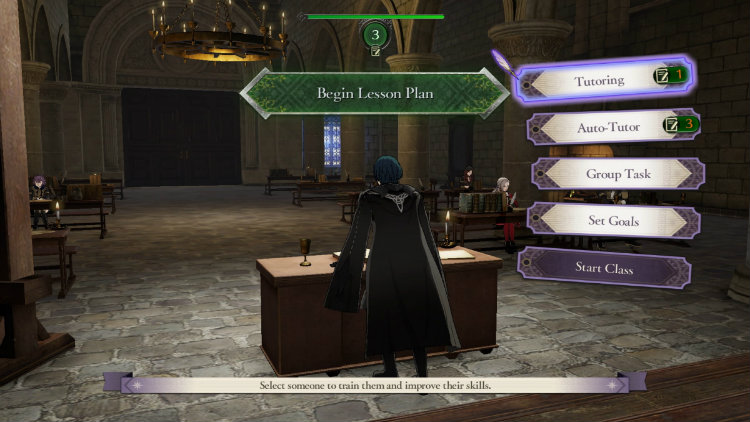
Sunday, a day of rest
Speaking of your day off, Sunday is your free day. On this day, you can choose between taking seminars, grinding in free battles, resting and exploring the academy. At the beginning of the game you are given four activity points to use every Sunday. These are used to participate in the many activities available to you. As you level up, you’ll earn more activity points each week. It’s important to note that you can’t stock pile these points, it’s either use it or loose it!
Seminars
Where as you are leveling up your students during the week by teaching them, on Sunday you can level yourself up by taking a seminar. These seminars, which will level up specific skills, are taught by other professors at the academy. Additionally, you can bring some of your students with you to these seminars so that they too can learn new skills.
Battle
Alternatively, if you are really into battles, you can choose to grind in one of the free battles to level up your character. You won’t be able to play an unlimited about of free battles to level up your character. The number of activity points you have, will determine how many free battles you can play.
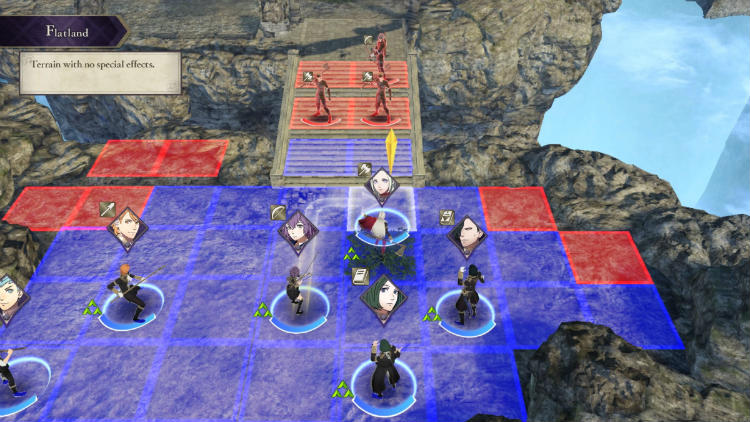
Pre-order Fire Emblem: Three Houses for Nintendo Switch
Rest
And, if you’ve had a really rough week, you can choose just to rest. Resting has benefits. When you rest, your students rest as well. In turn, everybody in your house will regain their motivation levels. As a result, a high motivation level will help tremendously during the Teaching Phase.
Exploring
Exploring allows you to freely walk around the academy. I was surprised at just how big the academy is. In fact, there are multiple levels and many locations to explore. While exploring there are a wide variety of activities to participate in. These include fishing, gardening, sharing a meal with your students and engaging in quests.
To make things easy, story-based quests are designated by red exclamation marks and side quests are designated by white exclamation marks on the map. Luckily the game has a map that will allow you to fast travel between locations that you have previously visited. Furthermore, characters that you interact and build relationships with appear on the map. This is useful when trying to locate them—no more searching for where they might be.
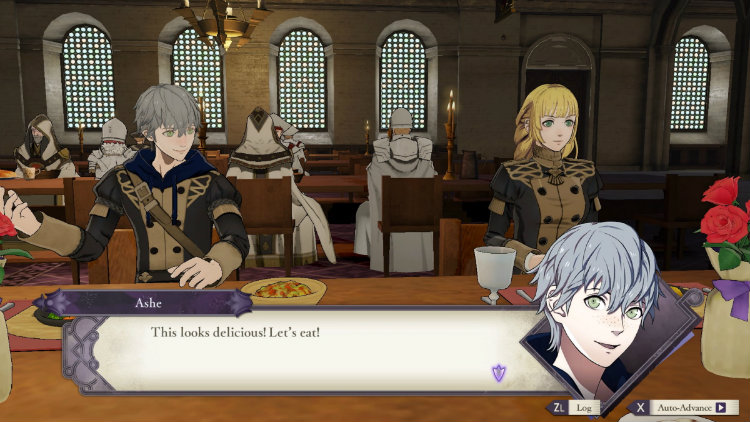
War Phase
The War Phase of Fire Emblem: Three Houses takes place five years after the School Phase. War has broken out between across all three factions and it is here where you must lead your students into battle. I was surprised to learn that there have been quite a few changes made to combat.
Combat Arts
Surprisingly, one of the biggest changes to combat is the shift away from Fire Emblem’s traditional “weapon triangle”. With a lot more weapons and different types of magic now available, Fire Emblem: Three Houses focuses on Combat Arts. These are earned by leveling up your character and only a certain number of Combat Arts can be equipped at one time.
As a result, this gives a great focus on individual character skills and adds quite a bit more fluidity to combat.
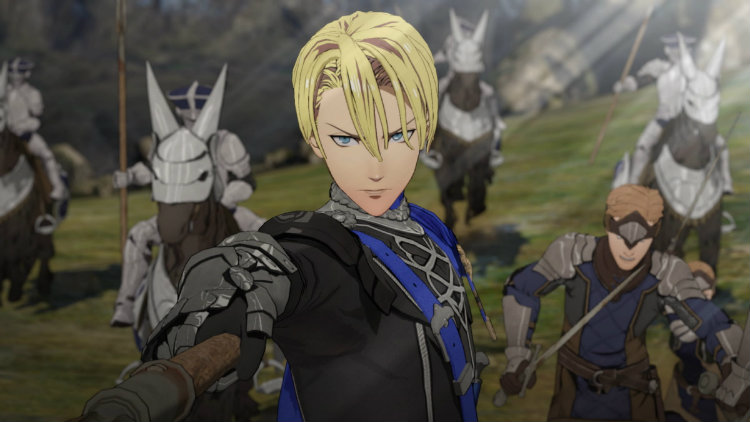
Pre-order Fire Emblem: Three Houses for Nintendo Switch
Battalions
One of my favourite new features in Fire Emblem: Three Houses are Battalions. These hired-hands fight along side your students and can help strengthen your offence and defense. These additional fighters become really useful when taking on some of the bigger enemies.
Gambit Skills
Another new feature added to combat are Gambit Skills. These are used to deliver a powerful blow to your enemies, but only can be used a limited amount of times during battle. The relationships you’ve built during the School Phase come into play as up to three additional characters can join together to deliver powerful blows.
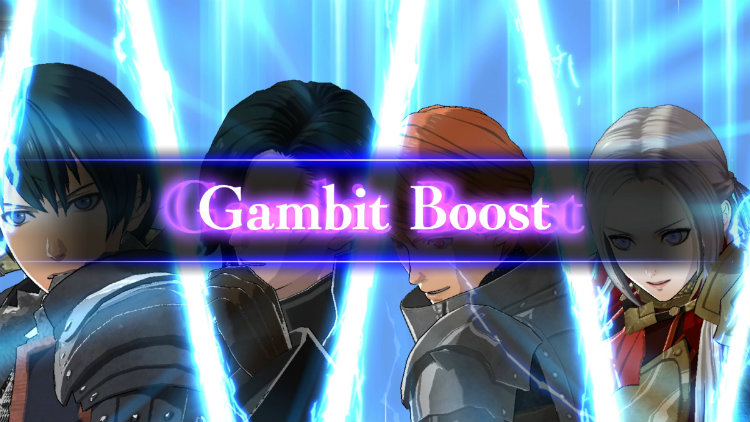
Divine Pulse
The Fire Emblem series is well known for permadeath. Previously, once a character died, they were gone and there was no coming back. In Fire Emblem: Three Houses, you now have the ability to rewind time step by step during battle. Even though this can only be used a limited number of times, it is extremely useful.
Equally important, is the fact that you aren’t forced to use Divine Pulse. So, if you fancy permadeath it’s still included in the game.
Thoughts on my preview of Fire Emblem: Three Houses
After only spending an hour with Fire Emblem: Three Houses, I’m genuinely excited to play the final game in just a few weeks. The cel-shaded and anime style graphics, fully voiced dialogue and gameplay mechanics have me hooked. I felt that even though it had been a while since I had played a Fire Emblem game, the latest entry is designed in such a way that it didn’t really matter.
Correspondingly, I really like that the developers give you the choice to play the game the way you want, when you want. Fire Emblem: Three Houses releases on July 26, 2019 and has quickly become one of my most wanted games this summer.
Pre-order Fire Emblem: Three Houses for Nintendo Switch
Click here to see the full line of video game software available at Bestbuy.ca
Click here to see digital video game downloads offered at BestBuy.ca




Fire Emblem is a series that I want to like. It looks so cool, and so many people say good things about the series. Unfortunately, I’ve tried several games in the series and none of them has grabbed my attention. Maybe this will be the one that does it.
Comments are closed.